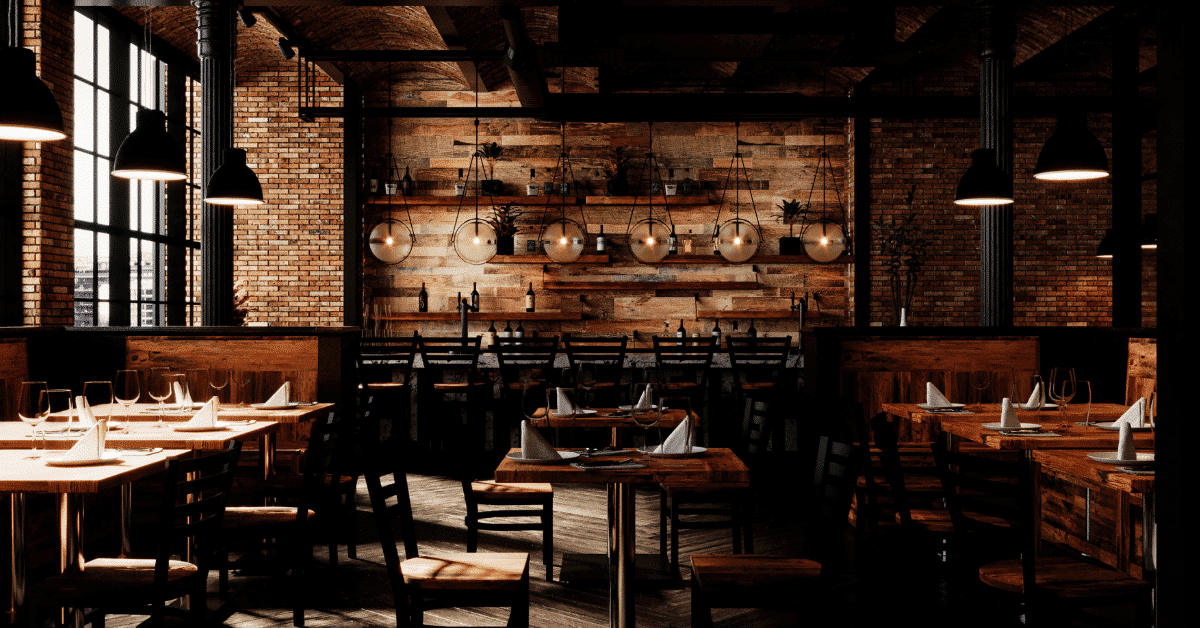The Ultimate Guide to Choosing the Perfect Restaurant Furniture

At the heart of every successful restaurant is an inviting ambiance that complements the culinary experience. Selecting the perfect restaurant furniture is essential in creating this atmosphere. In this guide, we will explore the various aspects of choosing the best furniture for your restaurant while offering tips and insights to make the process seamless and efficient.
Understanding Your Target Audience
Before diving into specific furniture selections, it’s crucial to understand your target audience. Consider the demographics, preferences, and expectations of your guests. Are you catering to families, couples, or business professionals? Identifying your target audience will help guide your furniture choices, ensuring that your restaurant appeals to the right clientele.
Choosing the Right Furniture Style
There are various styles of restaurant furniture to choose from, including traditional, contemporary, industrial, and rustic. The chosen style should align with your restaurant’s theme, decor, and overall ambiance. For example, a fine-dining establishment may opt for elegant and sophisticated furniture, while a casual eatery might prioritize comfort and functionality. Keep in mind that the furniture should also complement the architectural features and color scheme of your space.
The materials used for your restaurant furniture play a significant role in both durability and comfort. Consider the following options:
- Wood: Offers a warm, natural aesthetic and is suitable for various styles. Choose hardwoods, such as oak or maple, for maximum durability.
- Metal: Ideal for industrial or contemporary settings. Ensure that metal furniture is coated to prevent rust and corrosion.
- Upholstery: Adds comfort and style to chairs and booths. Choose high-quality fabrics that are stain-resistant and easy to clean.
- Laminates and Veneers: Cost-effective options for tabletops. Ensure they are heat and scratch-resistant for long-lasting use.
Maximizing Space and Functionality
To create a comfortable dining experience, pay attention to the size and functionality of your furniture. Consider the following guidelines:
- Table Sizes: Provide a mix of table sizes to accommodate various group sizes. Standard dimensions for a two-top table are 24″x30″, while a four-top table should be around 30″x48″.
- Seating Capacity: Ensure enough seating to accommodate peak hours. Allow for at least 18-20 inches of space per person for optimal comfort.
- Aisle Width: Maintain a minimum aisle width of 36 inches for smooth traffic flow and accessibility.
- Outdoor Seating: If your restaurant has an outdoor space, choose furniture that can withstand weather conditions and is easy to clean.
Designing a Cohesive Layout
A well-designed and perfect restaurant furniture layout promotes a smooth flow of traffic and enhances the overall dining experience. Follow these tips to create a cohesive layout:
- Zoning: Divide your restaurant into distinct areas, such as the dining area, bar, and waiting area. This helps to manage foot traffic and ensures that each section has a specific purpose.
- Table Arrangement: Arrange tables in a way that maximizes space without compromising comfort. Leave enough room between tables for easy movement and conversation.
- Booths and Banquettes: Incorporate booths and banquettes to offer additional seating options and create an intimate dining atmosphere.
- Bar Seating: If your restaurant features a bar, provide comfortable seating that encourages conversation and socializing.
Creating an Accessible and Inclusive Environment
Design your restaurant to be accessible and inclusive for all guests, including those with disabilities. Consider the following guidelines:
- Accessible Seating: Provide wheelchair-accessible tables and seating options throughout your restaurant. Ensure that there is enough clearance for a wheelchair to navigate the space comfortably.
- Door Widths: Ensure that entrance and exit doors are at least 32 inches wide to accommodate wheelchairs.
- Restrooms: Design restrooms with accessibility in mind, including grab bars, lowered sinks, and ample space for wheelchair users.
- Signage: Use clear, easy-to-read signage that directs guests to accessible features and facilities.
Maintaining Your Restaurant Furniture
Proper maintenance and care are essential for preserving the longevity of your perfect restaurant furniture. Follow these tips to keep your furniture looking its best:
- Cleaning: Establish a regular cleaning routine using appropriate cleaning products for the specific material of your furniture. Avoid abrasive cleaners that can damage surfaces.
- Repairs: Address any signs of wear or damage promptly to prevent further deterioration. Regularly tighten screws, bolts, and other hardware to ensure stability.
- Upholstery Care: Treat upholstery with stain-resistant products and vacuum regularly to prevent the buildup of dirt and debris. Address spills and stains immediately to minimize damage.
- Preventative Measures: Use protective coverings for tabletops and chair legs to prevent scratches and scuffs. Regularly check for uneven floors or surfaces that could cause instability.
By carefully considering your target audience, furniture style, materials, space, layout, accessibility, and maintenance, you can create a welcoming and functional restaurant environment that appeals to your guests and encourages repeat visits. Invest in high-quality, perfect restaurant furniture that reflects your restaurant’s unique ambiance and theme, ensuring a memorable dining experience for all.
